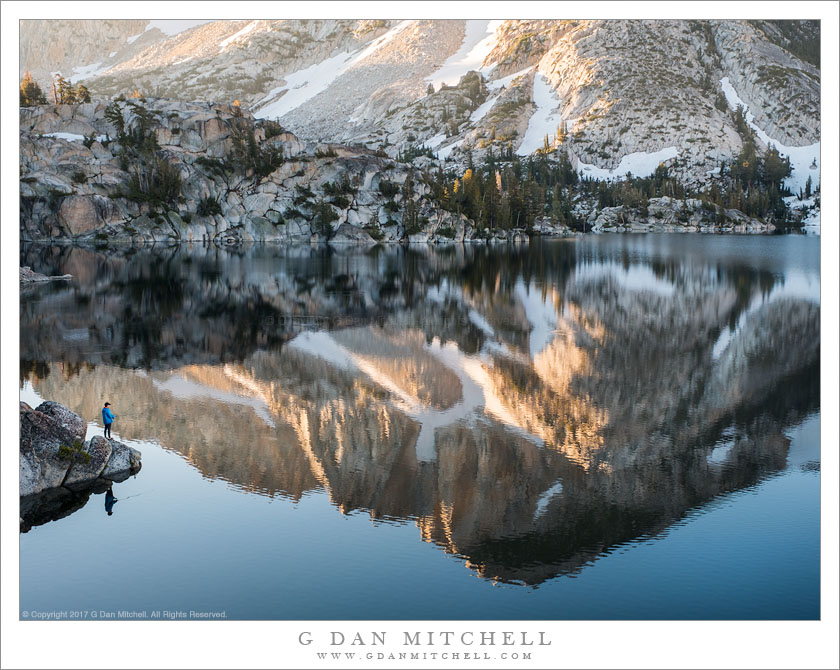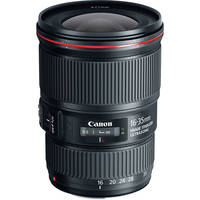Earlier today I was asked a question about cameras for landscape photography, and since I think the answer may be of interest to others, too, I am sharing the reply here. “Pat” asks:
I have been reading a number of your posts and have to say that I appreciate your balanced pperspective on camera selection….something that is missing in much of these discussions.
I am a landscape photographer that purchased a Sony A7RIIII to complement my A6000. However I have recently become infatuated with the Fuji XT-3. While many Fuji users seem to be more street or travel photographers, I focus mainly on landscape.
I would appreciate your thoughts on the “better” system for landscapes.
This is a pretty common question — whether to hold out for a camera with larger sensor and higher megapixel (MP} resolution or to go with a smaller and lighter APS-C format camera with lower sensor resolution.

You might think the answer is obvious — a system with a larger sensor and high megapixel resolution is capable of producing images with more detail. However, there are some considerations that turn this into a somewhat subjective question with more than one “correct” answer.
The classic understanding holds that, for example, a 50MP full frame sensor can resolve more detail than, say, a 24MP APS-C sensor. In fact, this is true. If you work with care, using a tripod and a remote release and paying careful attention to things like accurate focus, aperture selection, and camera stability, you can produce a larger print from the higher MP full frame image. So the larger, higher MP system can help if you are likely to produce very large prints .
One of my camera systems uses a 24MP Fujifilm APS-C sensor. I’m absolutely confident that I can produce excellent 20″ x 30″ prints from images shot on this system. But my other system uses a Canon 51MP sensor, and it can go even larger, reliably producing 30″ x 45″ and larger print sizes.
Update (1/15/2023): During the past month I acquired a Fujifilm X-T5, a new 40MP APS-C camera. While my main use for the camera is not landscape, I have now made some landscape photographs with it, and I feel like I have a sense of whether the high resolution sensor is useful in this smaller format. In short, it is. Test images that I have made show lenses I regularly use with the camera are “sharp” enough to produce details that benefit from the higher sensor resolution. If you have an older 24MP or 26MP sensor, should you go out and upgrade? Not necessarily. This is not a “night and day” difference, but one you might notice if you make large prints and look closely. But if you are at the point of getting a new APS-C camera and you wonder if 40MP even makes sense in this format… it does.
So, how large will you print? If your realistic answer is, “probably no larger than 16″ x 24″, you can get excellent results from the APS-C camera as long as you use good technique. In all honesty, you could hang 16″ x 24″ prints from the 24MP APS-C system and from the 51MP full frame system side by side… and no one would notice a difference. The odds are that virtually no one would notice at 20″ x 30”. A very experienced photographer carefully comparing side-by-side prints might see a subtle difference.
If you find that APS-C is good enough — and for many photographers is is more than good enough — this smaller format has some other advantages. The cameras tend to be smaller and lighter. The lenses are also smaller and lighter, partly because a given focal length doesn’t have to cover as large of an image circle. In addition, you get the same angle-of-view coverage from a shorter lens. For example, a 50mm focal length on my Fujifilm APS-C system gives me the same angle of view as a 75mm focal length on full frame. And last but quite possibly not least, APS-C sensor systems tend to cost less than full frame equivalents.
So, yes, bigger sensors and higher MP count can be “better…” but perhaps in ways that you’ll never see. So if you won’t print so large (or perhaps you never print at all) and you value a smaller and lighter system and perhaps saving some money… you could be extremely happy with a good APS-C system, as long as you can find all of the lenses you’ll need for it.
NOTES: This article was slightly updated in June of 2021 and again in early 2023.
G Dan Mitchell is a California photographer and visual opportunist. His book, “California’s Fall Color: A Photographer’s Guide to Autumn in the Sierra” is available from Heyday Books and Amazon.
Blog | About | Flickr | Facebook | Email
Links to Articles, Sales and Licensing, my Sierra Nevada Fall Color book, Contact Information.
All media © Copyright G Dan Mitchell and others as indicated. Any use requires advance permission from G Dan Mitchell.



